Ayodhya’s Babri mosque was razed to the ground on December 6, 1992 by a raging mob of Hindu activists who claimed that the site of the mosque was Lord Rama’s birthplace. Riots broke across India soon after the incident, killing over 2000 people.
Babri is a wound that the country is still nursing. Almost 25 years later after the incident, Ayodhya finds itself at the eye of the storm again with the upcoming Uttar Pradesh elections. We bring you the many sides of the incident through a series of stories.
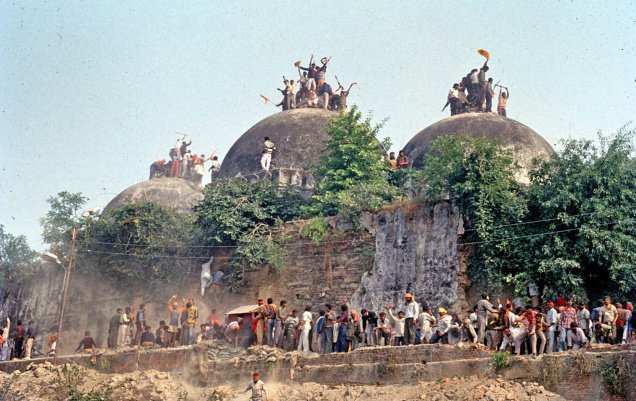
What was it like reporting from the ground on the day that changed our country forever? A confluence of a vitriolic campaign, religious exploitation, ill-timed decisions and unnecessary intervention led to the demolition of the Babri Masjid, claims Ram Dutt Tripathi, who reported the happenings of 6 December 1992 from the ground.
Here’s how the 63-year-old scribe recalls the incident
In order to understand Babri Masjid demolition, one has to understand various situations and factors at play in the run up to eventual demolition of the Babri Masjid on December 6, 1992.
Firstly, the Ram Rath Yatra campaign launched by Bharatiya Janata Party and Vishwa Hindu Parishad. In their understanding, Babri Masjid was constructed by Mughal emperor Babur after destroying temples in its place. It was a blot which had to be erased.
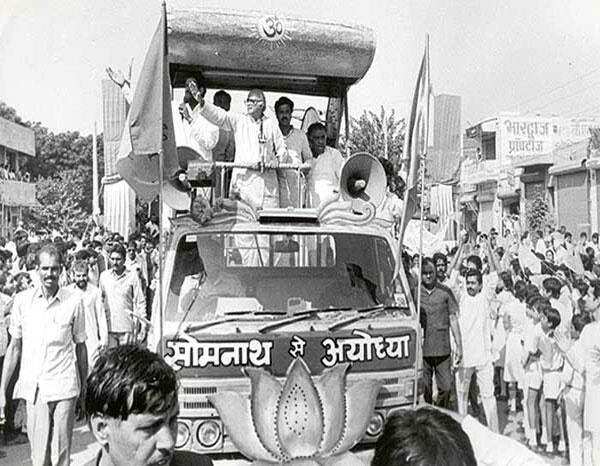
Secondly, Supreme Court had also given its consent and allowed a “symbolic kar seva” near the Babri Masjid site, which according to certain Hindu sections was the place of birth of Lord Ram. The apex court also appointed a district judge rank officer [Tej Shankar] as an observer under whose supervision all the arrangements for kar sevaks were made. It was the same court-appointed officer who had certified that all the arrangements for the yatra were in proper order.
Thirdly, the facilitation for the yatra was provided by then BJP-led Uttar Pradesh state government headed by Chief Minister Kalyan Singh. The government had allowed more than 1.5 lakh kar sevaks to erect tents around the site of Babri Masjid. The place was brimming with members of various Hindu right-wing outfits who had started converging at Ayodhya since 30th November 1992.
Also, the central government paramilitary forces were camped in the army area of Faizabad district, far from Ayodhya. Since the law and order is a state subject, central forces cannot operate in an area unless allowed by the state government.

There was also a threat that if the governor’s rule will be implemented in the state it might aggravate the entire issue and might give BJP a reason to intensify their campaign.
Pressure was building up on BJP and VHP too. A day before the demolition, Margdarshak Mandal of the yatra officially said that there will be only “symbolic kar seva” at the site. It meant that all the kar sevaks will line up and perform a specific set of rituals at the site and then leave.
The statement evoked immense resentment among a section of Kar sevaks. They even gheraod Ashok Singal in Kar sevak puram and abused him. They were clear that there won’t be any “symbolic kar seva.” They had other plans.
Probably, RSS was of the view that its cadre will maintain discipline and will do likewise as ordered by the top leadership. But in this movement, there were many non-RSS people including unemployed youths and youngsters from urban areas. So they were not bound by RSS-BJP command structure. Many people had got recruited in Bajrang Dal and Durga Vahini with a sole aim of tearing down Babri Masjid and then building a Ram Mandir.
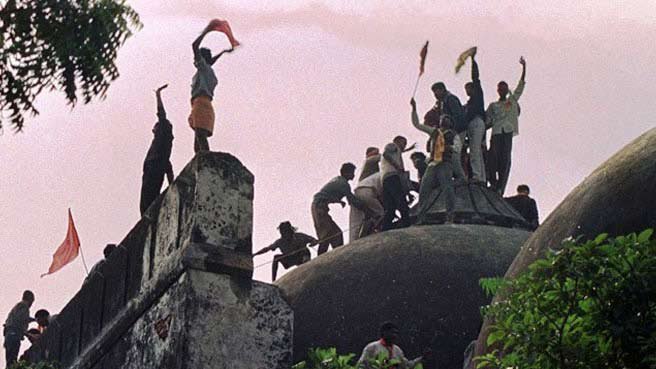
In addition, Kalyan Singh’s announcement that UP police will not fire a single bullet, had somewhat encouraged the mob. The fact that BJP state government won’t take any action against them, also played its role. Assurances like these made the mob fearless. They thought they were close to their objective. It was a mob of 2-2.5 lakh people.
I feel that the top BJP leadership didn’t want the mosque to be demolished. They were trying to keep the issue alive for political campaigning. Irrespective of what the BJP leadership or Kalyan Singh wanted, many people were in rebellious mood.
On December 6, 1992, while BJP, VHP and RSS leaders gathered at the site and started giving speeches, a small Hindu ritual was taking place some 100-150 metres away from the mosque. People from the administration and security were also there. They thought, like before, people will do some symbolic prayers and then go away.
But the rebel group defied that. There were clashes between RSS volunteers and some other kar sevaks. The crowd was so big that they broke the cordon and scaled the fence. As soon as they were inside, the demolition began. Many were there who wouldn’t have stopped even after firing. The demolition started after 12 PM and by 5 in the evening, all the three domes of Babri Masjid were razed to the ground.
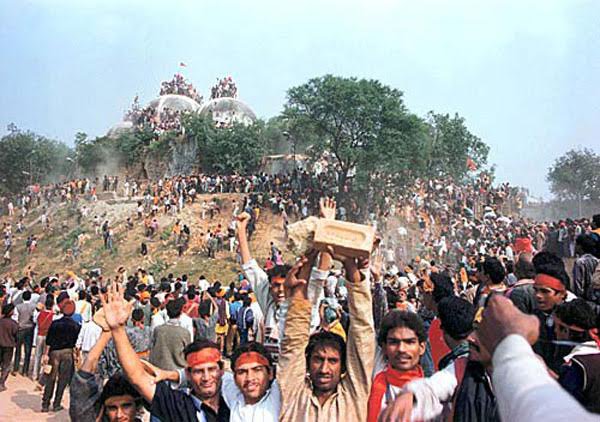
When the mosque was being razed to ground, senior leaders like L K Advani were looking disturbed and appealed people to come down and stop destroying the mosque. But they were ignored. Then Advani and others directed the people to block the single road link from Faizabad district in order to prevent central forces to reach the site. As a result, central forces couldn’t reach the site for hours.
Many people still say why wasn’t the Governor’s rule implemented in the state to allow central forces. It was not an option, particularly when an elected government is in power in a state. And since the supreme court was monitoring the issue, no need was felt. It came as a shock.
After the demolition, there were reports – not certain how much true they are – that Prime Minister Narasimha Rao and L K Advani had an understanding that kar seva would be allowed at the site and will stay away from mosque.
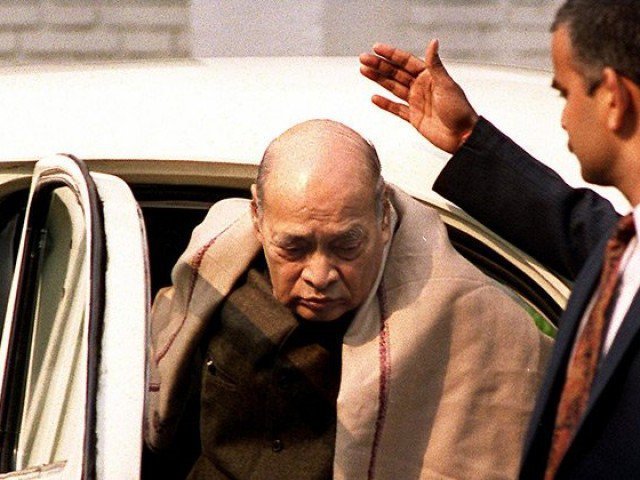
The reality is that there were many sections in the BJP that time. Kalyan Singh knew if the mosque is destroyed, his government will go. So personally he didn’t want the government to go. But he also wanted to maintain his pro-Hindutva image. It was his mistake that he allowed lakhs of people at Ayodhya and allowed them to camp there. It was impossible to control that crowd then and if police had tried to bring the situation in control, the toll would have been more than the Jallianwala Bagh massacre. No one was ready for that, neither Rao, nor Advani or Kalyan Singh.
There was another issue. The people in the police and security forces also have sentiments. Whether an order of firing on the mob would have been carried or not by the personnel on the ground was also a practical question. There could also have been stampede in the aftermath of police action.
If you look at it from a larger perspective, there was no option that time. The mistake was that a campaign was allowed in the country which created an atmosphere of tension and violence. Instead of democracy, mobocracy was working that time. This is my opinion.
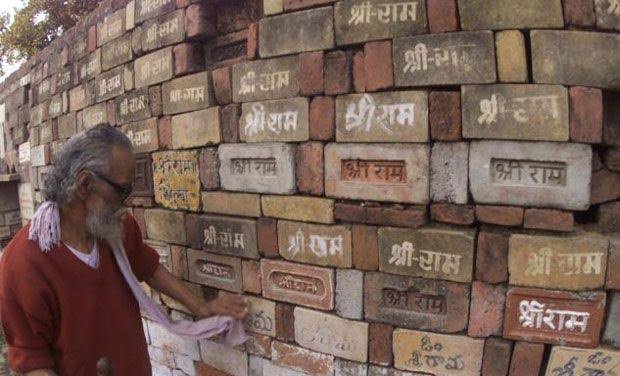
I also think Supreme court shouldn’t have intervened in the matter. Why did it allow the symbolic kar seva at first place? It does not have any experience in law and order. The intervention in governance was problematic. In a way, the Supreme Court’s intervention emboldened BJP and kar sevaks.
In the evening, I filed my news report from a PCO in Faizabad. When the demolition began, one group had brought down telephone lines poles. It was clear that several people were adamant in breaking the mosque and not letting the people know. Activists of Bajrang Dal also snatched cameras of journalists. Several journalists were roughed up.
The attitude against media was negative. Famous journalist Mark Tully was also detained by kar sevaks. Ashok Singhal in one public meeting had said that BBC was showing fake news because a report on 5 December had been broadcast from BBC London that had used an archival footage of a lathicharge on kar sevaks in 1990.
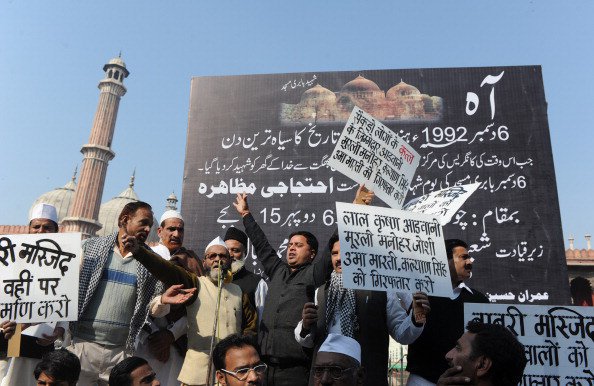
A wave of fear had swept the state by evening. All the kar sevaks were afraid. Since Kalyan Singh had resigned by 6 PM on that day, there were apprehensions that central forces might start a crackdown around the site. It prompted everyone to flee as quickly as possible.
The authorities then facilitated trains and buses for the kar sevaks to leave UP. Basically, officers would have been of view that we can’t do anything in a mob. So they had to get rid of the mob. How can 20,000 security forces deal with a mob of 2-3 lakh people? It’s not easy.
The forces finally got control of the site on the morning of December 8. By then, kar sevaks had constructed a temple in a makeshift camp.
As told to Safwat Zargar
Listen to Tripathi’s original 1992 report for BBC Hindi from Ayodhya.
Disclaimer : The information, ideas or opinions appearing in this article are those of the author and do not reflect the views of ScoopWhoop.

















